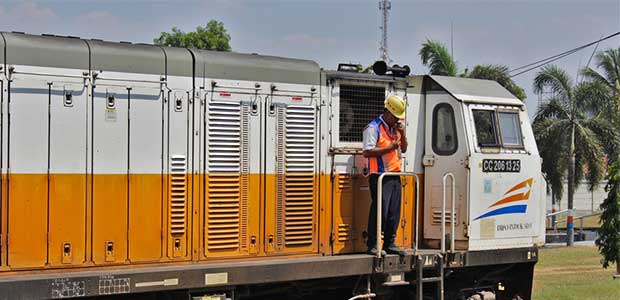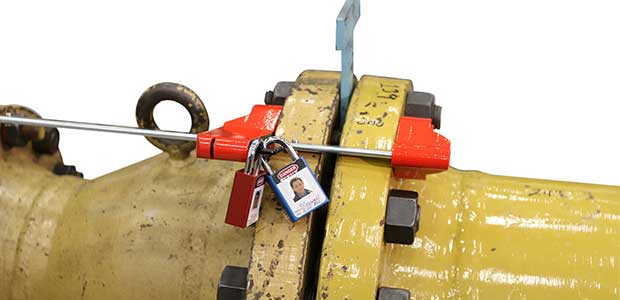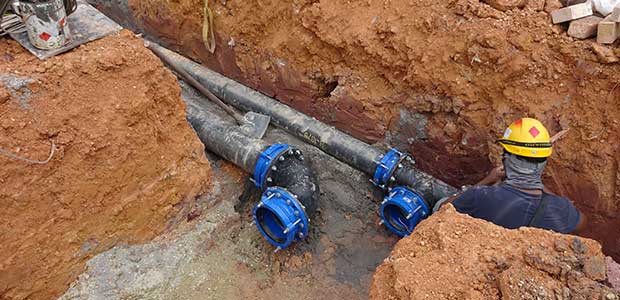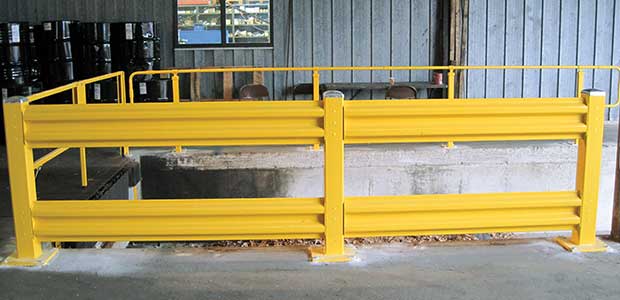Even though summer might be coming to an end, wildfire safety and preparedness is important all year long. Make sure you brush up on your company’s plan for wildfires, especially in high-risk states like California, Colorado and Texas.
OSHA generally recommends that workers wear medical masks or cloth face coverings at work to protect against the coronavirus. OSHA’s recently published page addresses false claims that these coverings cause unsafe oxygen and carbon dioxide levels for the wearer.

One New York Times article explores the ways in which companies are adjusting to remote working. If you or your company are struggling to work from home well, there’s a chance you could be missing these key pointers.
Hurricane season typically lasts from June to November, and there are already some big storms on the way. Make sure you are refreshed on hurricane and disaster preparedness, response and recovery methods, and read OSHA’s page to start.

Some office workspaces have returned to in-person work again, and that is leaving a number of workers anxious, stressed and ashamed of their sanitation efforts—or lack thereof. Here’s how to manage that anxiety, and how to talk to your employer.
OSHA recently ordered JHOS Logistics and Transportation Inc. to reinstate an employee who had been terminated for refusing to drive an overweight vehicle at a California facility. OSHA is also charging the company $190,000 back in wages, $25,000 in punitive damages and $5,000 in compensatory damages and attorney fees.

A Q&A with worker safety professional, Tom Lotz, on how the pandemic has changed lone worker safety.
AIHA announces free educational guide and resources for construction industry.
Before the pandemic, it seems that the vast majority of the population did not give PPE a second thought. That has changed.

Best practices being deployed in construction and industrial environments.

Many companies face significant challenges in achieving an effective and compliant lockout/tagout program in place—especially as it pertains to lockout.
Navigating the new “normal” in the midst of the pandemic goes beyond cleaning and disinfecting: you need to instill trust and peace of mind in your employees and guests.

In any trench situation, you need a Trench Competent Person and to notify nearby local fire/rescue teams.
Despite being a critical component of employee safety, HazCom training is one of the most overlooked elements of employer safety programs.
Construction companies are familiar with safety and mess-control; however, with the COVID-19 pandemic, there are some more factors to consider when working at healthcare facilities.

Guard rail is one of those components in a facility that typically is not top-of-mind with companies until it’s too late.
Protective gear must be chosen by understanding and complying with the information contained in ANSI/ISEA Z87.1.

A worker’s PPE must account for any season—and the environmental elements that go with that season. Here is your guide to picking FR Garments for everyday and specific tasks.
Wireless gas detectors are changing the way we work in confined spaces.

For most companies—particularly those involved in materials handling—concerns about safety regulations go well beyond mere avoidance of government fines or censure.